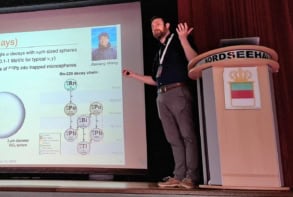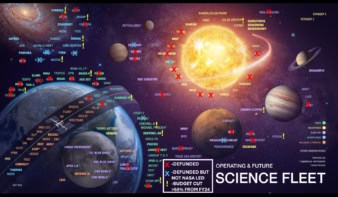Flash Physics is our daily pick of the latest need-to-know developments from the global physics community selected by Physics World‘s team of editors and reporters
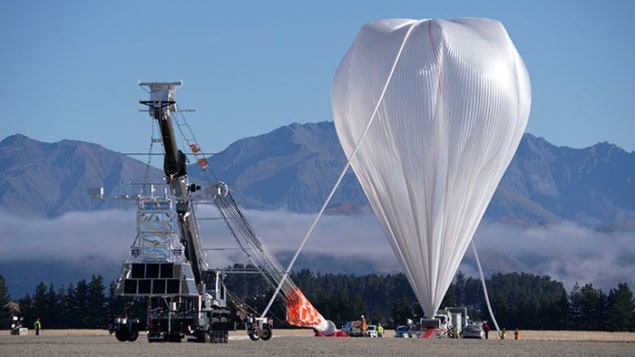
Cosmic-ray balloon launches in New Zealand
A 532,000 m3 super-pressure balloon to study ultra-high cosmic rays has been launched in New Zealand by NASA. The balloon’s international Extreme Universe Space Observatory (EUSO) instrument will observe a broad swathe of the Earth’s atmosphere to detect the ultraviolet fluorescence as cosmic rays hit the Earth’s atmosphere. The instrument will aim to detect cosmic rays that have an energy greater than 1018 eV. The balloon will operate for around 100 days and is expected to circle the planet two or three times. If the mission is a success then it could pave the way for a EUSO instrument to be installed on the International Space Station that could then observe a greater area of the Earth’s atmosphere.
Tokamak Energy achieves first plasma
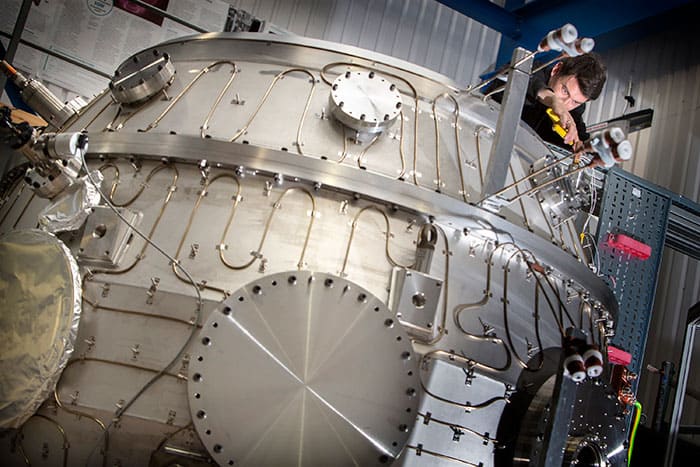
The UK-based company Tokamak Energy has created the first plasma in its ST40 tokamak reactor. The firm will now complete the commissioning and installation of a full set of magnetic coils for the device, which will provide greater control over the plasma. The company plans to achieve a plasma temperature of 15 million degrees by autumn 2017 and have the plasma at 100 million degrees in 2018. At this temperature it should be possible for hydrogen nuclei in the plasma to fuse together, releasing large amounts of energy. Tokamak Energy has ambitious plans to create a fusion reactor capable of generating electricity by 2025 and have a commercially viable source of fusion power by 2030. Unlike the much larger ITER tokamak fusion reactor that is being built in France, the ST40 is a compact device that can run at a much higher plasma pressure. This, according to Tokamak Energy, should make more efficient at achieving fusion. Creating a dense plasma will require very strong magnetic fields, which the firm plans to generate using superconducting magnets. Some critics, however, are sceptical that such magnetic fields can be achieved inside a tokamak. The firm’s chief executive David Kingham describes the ST40 as “the first world-class controlled fusion device to have been designed, built and operated by a private venture”. However, he concedes that “we will still need significant investment, many academic and industrial collaborations, dedicated and creative engineers and scientists, and an excellent supply chain”, for the company to achieve its goals.
Cosmos ripples with Big Bang information
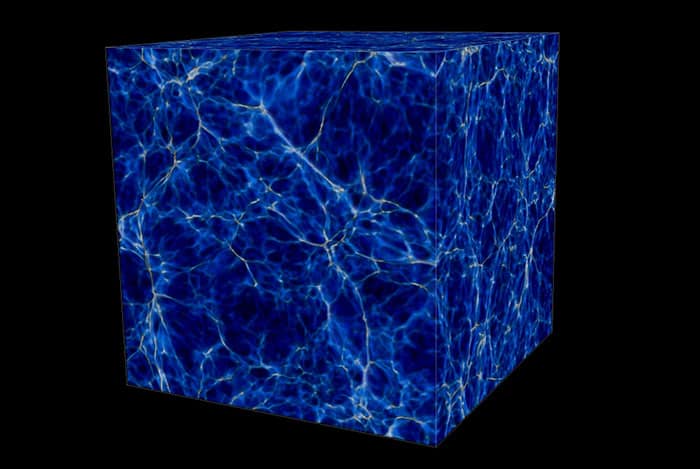
Tiny ripples have been observed in the haze of hydrogen left over from the Big Bang. The gas makes up a vast network of tangled filamentary structures, stretching out over billions of light-years. This “cosmic web” accounts for the majority of atoms in the universe, despite there being only one atom per cubic metre in the most barren parts. While the cosmic web does not emit light itself, it is possible to indirectly study it by looking at how it absorbs light from distant quasars – hugely energetic and luminous active galactic nuclei. Using exceedingly rare pairs of quasars, Alberto Rorai from the University of Cambridge in the UK and colleagues were able to measure the subtle differences in the absorption along too sightlines. The region of the cosmic web they observed was nearly 11 billion light-years away, but the team detected variations in the web’s structure on scales 100,000 times smaller than that distance – comparable to the size of a single galaxy (which is tiny relative to the web’s size). The team found that the ripples fitted with simulations of cosmic structures from the Big Bang to now. “One reason why these small-scale fluctuations are so interesting is that they encode information about the temperature of gas in the cosmic web just a few billion years after the Big Bang,” explains Joseph Hennawi of the University of California, Santa Barbara in the US. The findings can be found in Science.
APS joins high-energy physics open-access initiative
The American Physical Society has signed an agreement with the CERN particle-physics lab to join the SCOAP3 initiative that provides open access to journal articles written by particle physicists. SCOAP3 began in 2014 and encourages the “gold” model of open access, whereby published papers can be read free of charge on the internet and authors pay an article-processing charge to the publisher. Since it began, the initiative has made about 15,000 high-energy physics paper by more than 20,000 scientists from 100 countries accessible to anyone. The agreement with the APS now means that starting on 1 January 2018 Physical Review Letters, Physical Review D, and Physical Review C will join eight other journals in SCOAP3. Under the deal with the APS, authors of articles that have a primary designation in the “high-energy physics” category on the arXiv preprint server will not have to pay to make their article open access when publishing in one of above APS journals.
- You can find all our daily Flash Physics posts in the website’s news section, as well as on Twitter and Facebook using #FlashPhysics.

